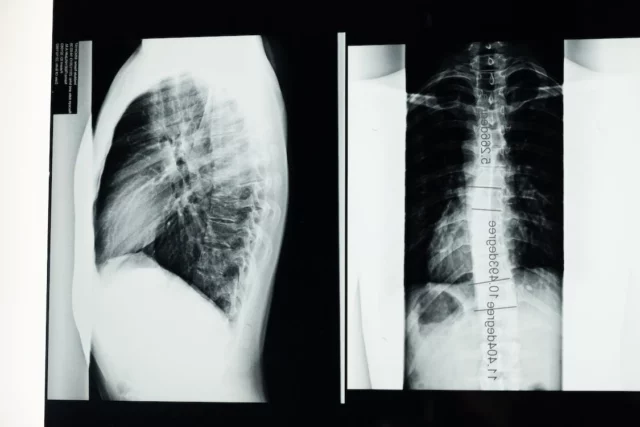In late December 2017, an Amtrak passenger train on its inaugural journey from Seattle, Washington to Portland, Oregon skipped its track on an overpass, with devastating results. The front engine and several of the passenger cars flew into the air and onto rush hour traffic on the road below, injuring over 100 people and killing at least three. An investigation into the cause of the accident found that the train was traveling at 80 miles per hour, nearly three times that segment of track’s speed limit of 30 miles per hour.
While it is clear that speed was a major factor in the accident, the question remains: what, if anything, could have been done to stop this speeding train before it entered the overpass? Is there a technology that could automatically detect and stop a speeding train? There is – and it was installed on the segment of track where the accident happened.
Positive Train Control in the United States
Positive train control, or PTC, is a technology that utilizes GPS, radio waves and computers to monitor trains. It is able to automatically slow down or stop a train that is speeding or could cause an accident. The Federal Railroad Administration has called PTC the most important rail safety innovation in over a century. The federal government has mandated that all railroads in the U.S. install PTC by the end of 2018. So, if PTC was installed on the track where the Amtrak crash occurred, why didn’t it stop the train?
In short, the technology was installed, but not active. It is projected to be activated by the second quarter of 2018.
Could it have stopped the train if it were active? Perhaps. Around 40 percent of train crashes are caused by human error, a number that can be virtually eliminated by universal adoption of PTC. However, as of the time of this writing, it is unknown if human error was the primary cause of this accident.






